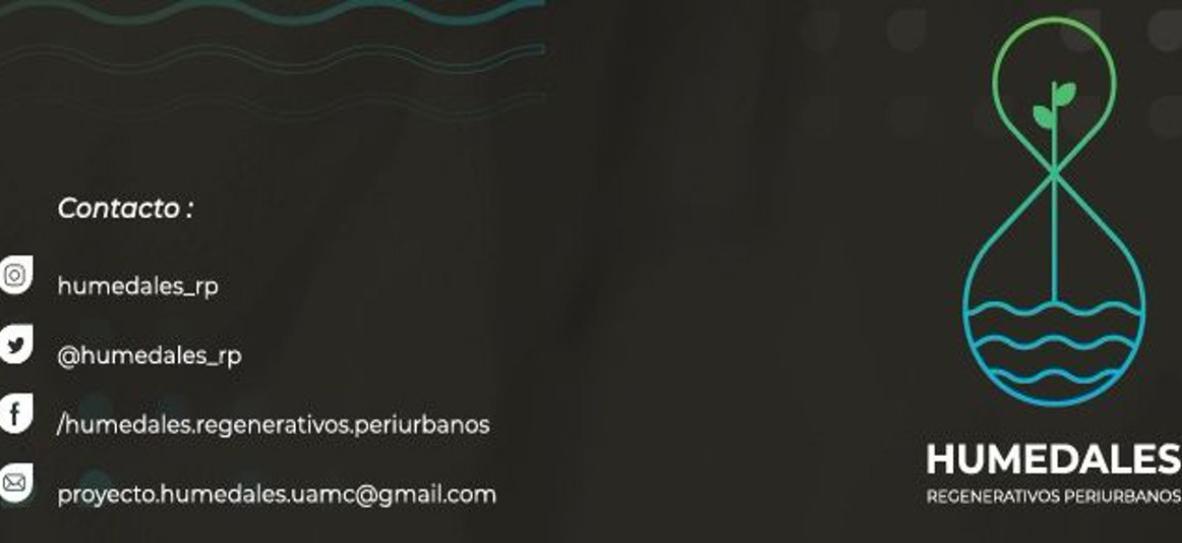Constructed Wetlands as a Sustainable Decentralised Sanitation Solution in Mexico City
Published: 4 February 2021
This project is working to capitalise on the immense potential for widespread adoption of wetland technologies to enable decentralised sanitation across Mexico City.

The Mexican Constitution recognises "access, disposal and sanitation of water as a human right", yet currently, only 42.5% of wastewater generated in Mexico City is treated, with significant ramifications for both public and ecosystem health.
San Mateo Tlaltenango is a pre-hispanic community residing in the eponymous peri-urban settlement Desierto de los Leones, in one of Mexico City’s national parks. Rapid land-change use within and around San Mateo Tlaltenango, coupled with an increasingly complex socio-political landscape in the self-governing community, combine to reinforce socio-economic vulnerability and environmental precariousness.
The self-managed sanitation systems in San Mateo Tlaltenango typify that which is found in many other similar settlements across the City: raw sewage and septic tanks overflow contaminating the local environment and wider catchment. On our current Frontiers in Engineering award we build on an existing research project embedded in San Mateo Tlaltenango: "Socio-technological transformation for sustainable peri-urban water management via constructed wetlands", which commenced in 2018 and is at completion of the first of three phases:
- Diagnosis and co-design of CWs incorporating socio-territorial, cultural and technological knowledge
- Construction, co-implementation, evaluation and validation of the system
- Intervention and program evaluation
A RAEng seed-funded workshop held in November 2019 enabled our team to engage with both community leaders in and around San Mateo Tlaltenango and with representatives from local non-governmental organisations who attended the inauguration of the wetlands. Together, we recognised the immense potential for widespread adoption of wetland technologies to enable decentralised sanitation across Mexico City however we recognised that sustainable roll-out must be underpinned by scientific, socioeconomic and technical foundations.
Here we propose to use the constructed wetlands in Mexico City as a case study to interrogate potential and optimal biological processes within wetlands, and, to conduct a market study coupled with socio-territorial mapping to understand the opportunities and limitations of wetlands in the urban centre.
Project lead, Cindy Smith, said “With over 21 million residents, Mexico City is amongst the most populated mega-cities globally - but only 43% of wastewater generated is treated. We are excited to work with our partners to develop an evidence base to explore the potential for constructed wetlands as a sustainable decentralised sanitation solution. We’ll take a two-pronged approach – developing a rapid assessment tool to establish their service potential within the city while in parallel applying state-of-the-art science to optimise constructed wetlands operation by targeting the biology at their heart”
Note: This information is from Royal Academy of Engineering project information page
First published: 4 February 2021
UofG - James Watt School of Engineering
Partner Organizations
Metropolitan Autonomous University
Learn More

